Home is where our heart is: Standing in solidarity with the displaced people – refugees, returnees, and internally displaced
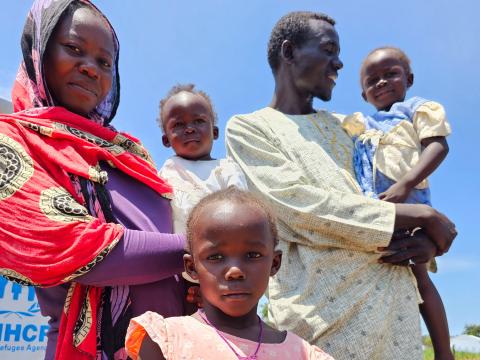
Diwa Aquino-Gacosta, advocacy and communications lead of World Vision's work in South Sudan, reflects on her encounters with the displaced population in the country, the poignant images of their pain, scarcity, and, at times, desperation of the people, and how all these gave her a renewed appreciation of life and humanity.
June 20 is World Refugee Day. In recent years, the number of displaced people in many parts of the world has starkly increased. Here in South Sudan, it is no different, which was made even worse by the ongoing war in Sudan. To date, South Sudan hosts over 300,000 refugees and at least 2 million internally displaced people. Outside the country, there are over 2 million South Sudanese refugees who are taking refuge in neighboring countries.
South Sudan’s overall fragility continues to worsen due to conflicts – inter-communal and cross-border – frequent climate shocks such as flooding and drought, the rising cost of living – inflation currently at its highest, and the ongoing crisis in Sudan. Since the war in Sudan erupted in April last year, close to 700,000 people – mostly South Sudanese – have crossed the border into South Sudan. The immense number of displacements continues to grow day by day, up to this time, without a clear end in sight.
It’s been almost a year since I moved here in South Sudan. Amidst all the busy-ness of leading World Vision’s advocacy and communications work in the country, what I find most fulfilling, and, sadly, disturbing, are the moments I get to go out of Juba, the country’s capital, to witness the pains, fears, joys, and hopes of the people wanting to live a life away from danger, and those wishing to serve and make it happen. For the refugees, returnees, and internally displaced in the country, moving out, fleeing, and escaping has become too familiar and a ubiquitous way of life. These are among the few things that, for them, remain constant.
I’ve had the privilege to visit settlement sites for displaced people in Makpandu in Yambio, Western Equatoria, and Bulukat, Malakal, and Renk in Upper Nile. The journey going to the sites is not easy, but who am I to complain when the journey of the people who had to leave their homes because that is the only option for them to survive is way much harder, uncertain, and possibly tormenting. Leaving their homes, properties, and even loved ones is a painful decision. People leave homes and everything they value only as a last resort, especially when pushed and find themselves standing on the edge.
The poignant images of pain, scarcity, and, at times, desperation, being endured by the people and the country can be paralysing. But amidst these complex and fragile situations, I met extraordinary people who generously showered me with smiles, welcoming gazes, and firm handshakes. It was an honor for me to be let into their lives, even for a brief moment. My close encounters with them gifted me the courage to speak, stand in solidarity with them, and a renewed appreciation of life and humanity.
Muna and Ibrahim’s family
Muna, Ibrahim, their children Bakila, Eman, Zeinab, and Ibrahim’s brother, Musa, could have been among those who perished from the massive airstrike that hit Nyala in September last year. They were from Nyala, a once thriving city in South Darfur, Sudan. When the fighting resumed in mid-August, they decided to flee and took the long and tortuous journey to South Sudan.
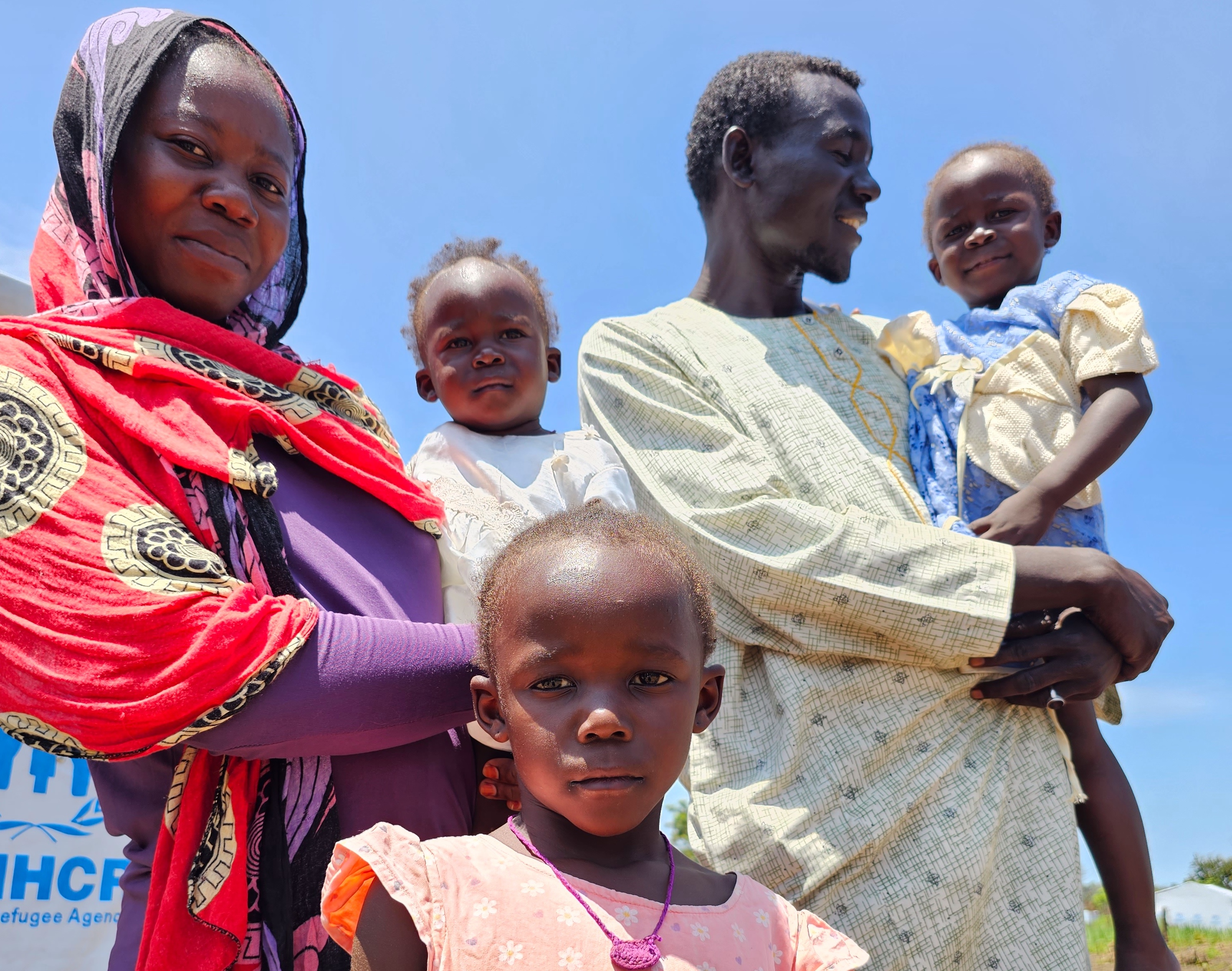
I met them at the Makpandu Refugee Camp in Yambio, where they temporarily stayed. At the camp, UNHCR, throughWorld Vision, provided them with temporary shelter, essential household and farming tools, and a small piece of land that they could transform into a vegetable garden to help them get settled in.
Despite these, their hopes are dwindling. They remain uncertain of the future as they struggle to adjust to their new environment and living conditions. I guess this is what it meant to live as a refugee- having to live a life of constant fear of losing everything, having to flee again, and not knowing where to go and what to hope for.
Iglac and her children
In a community in Yambio, few kilometers aways from the Makpandu refugee camp, I met Iglac. She is a Sudanese and a mother of two children, 10-year-old Fatna, and 1-year-old Iman. It took them almost a week to arrive to Yambio and were initially brought to Makpandu where they received food and shelter assistance. They were later joined by her husband who found a job as a casual laborer in Yambio. Iglac narrated how she had to pay 30,000 Sudanese pounds – the last money she had – to be able to travel onboard a crowded truck from Kutumu to Fashir in Sudan all the way to Aweil, Wau, and finally Yambio in Western Equatoria, South Sudan. As they were moving from Kutumu, Iglac and Fatna shared how much they were scared because they were hearing gunshots.
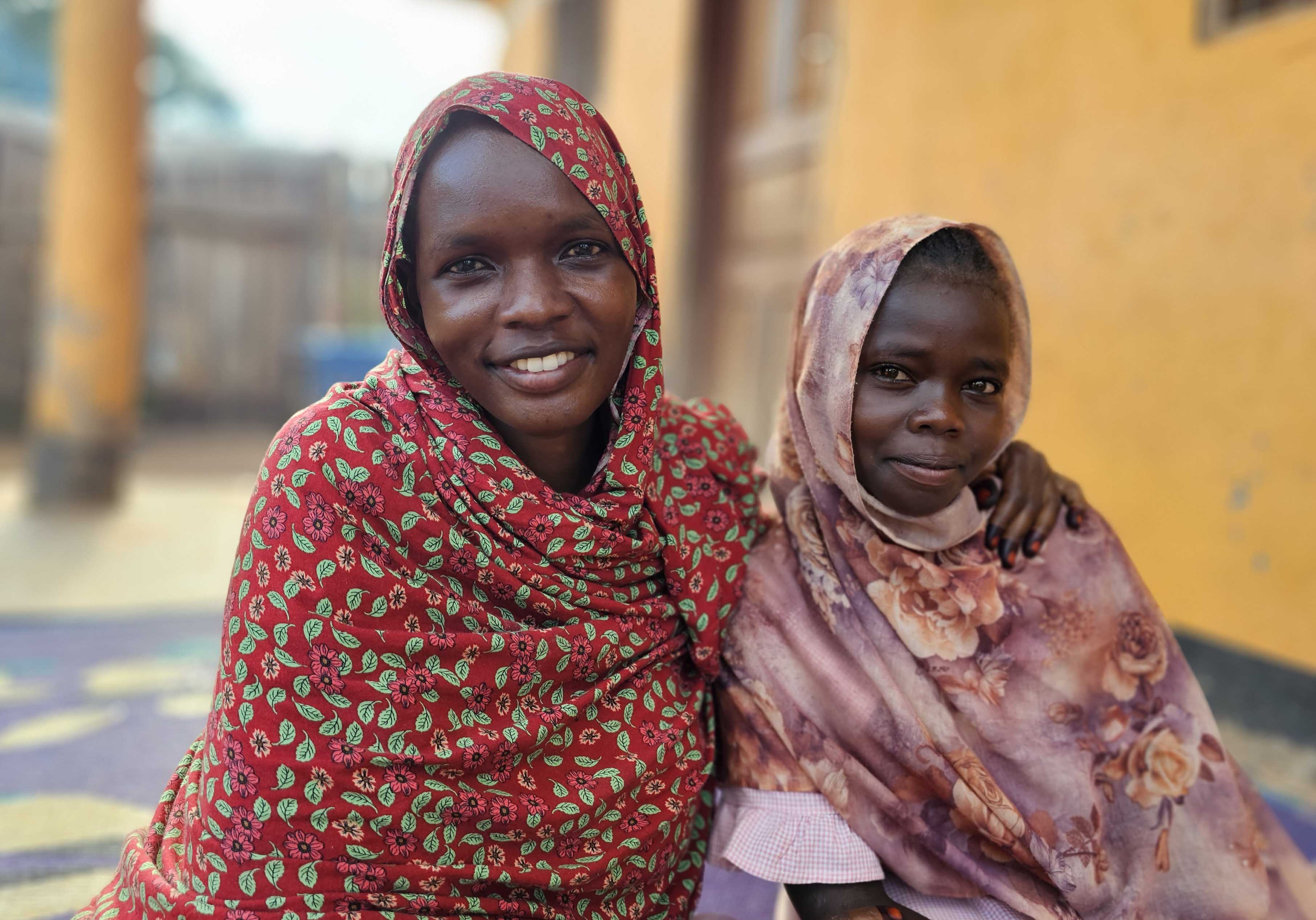
Iglac said that she and her husband plan to go back to Sudan when the situation becomes better. But for Fatna, she fears of going back. While she misses her friends, she’s also afraid of knowing how and where her friends are now.
Martha and her family
I met Martha and her family at the Bulukat Transit Centre in Malakal and our encounter had been a heart-wrenching experience. At that time, the transit centre was already overcrowded. Martha and her family crossed into South Sudan to stay alive as they flee from the worsening violence in White Nile in Sudan. To flee seems to have become a recurring experience to many people. In her case, she and her family were originally from Nasir county in Upper Nile, South Sudan. They moved to Sudan to live a more peaceful and safer life, away from frequent flooding and inter-communal violence. Yet, two years later, they again found themselves running away as they journey back to South Sudan.
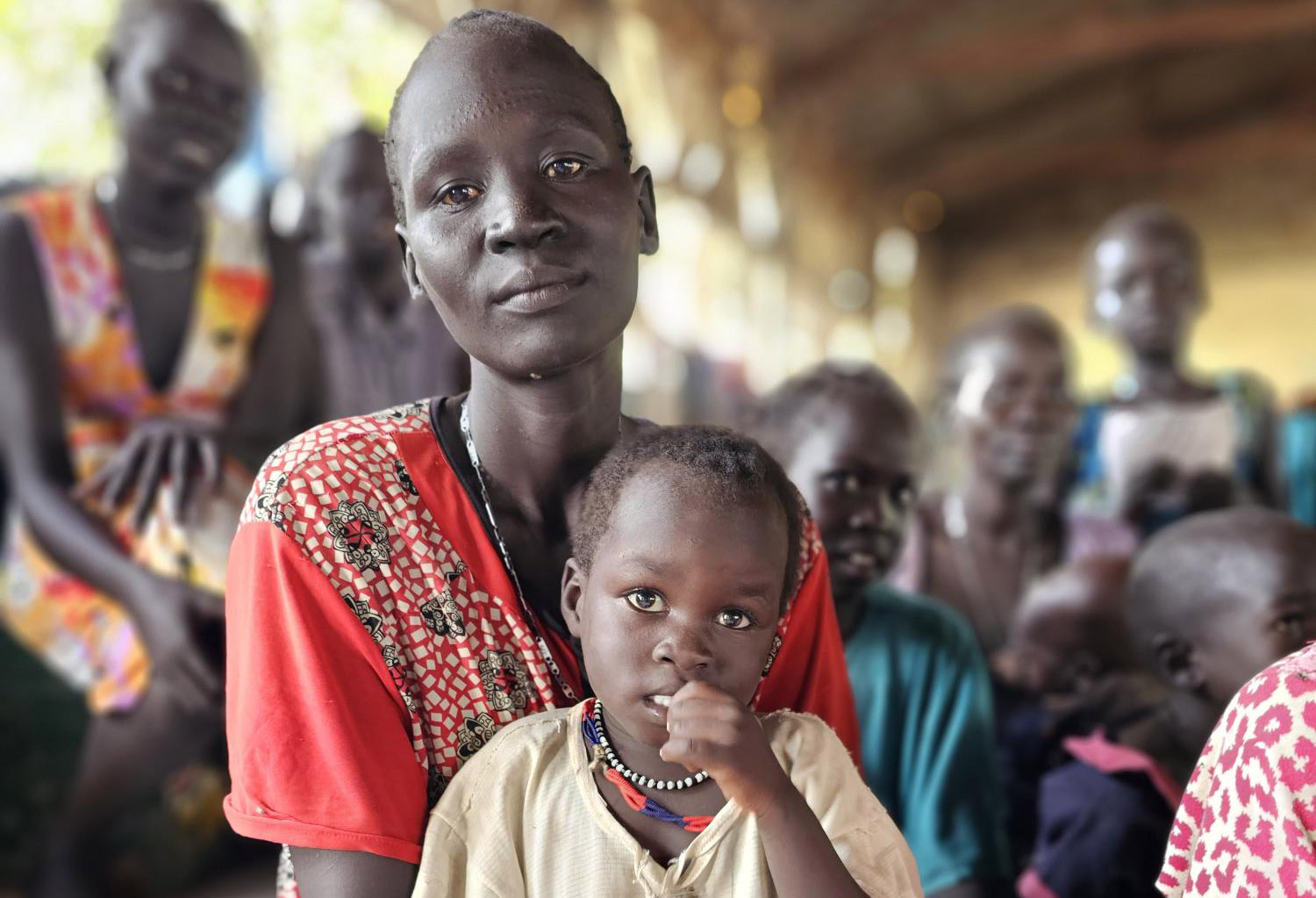
It was the end of September when I visited. She was sitting on a sleeping mat that she shared with eight other members of her extended family inside a cramped room where at least 30 others from Sudan had taken shelter. It would be impossible to lie down on that mat. There was just not enough space to even stretch a leg. The room was not well-ventilated. It's one of the very few concrete structure inside the transit centre. It rained the day before but on the day I visited, it was hot and humid. Behind Rhoda and her family were stacks of luggages. The flies were feasting on the spilled food on the floor, and on the children's faces. There were at least 10 children inside the room, some were still breastfeeding. In my mind, I thought it’s unfortunate that at their tender age, they witnessed life's cruelty and had to endure the discomfort of fleeing and not having a place to call home. Perhaps some of them would be too young to remember. But perhaps too, many, if not all, would be tormented by the memories and fears of constantly being in danger. The sleeping mat that covers the muddy floor provides a bit of protection but it was not enough. It will never be enough.
Martha may have already returned to Nasir. But there are still thousands of them who are still waiting to be transported.
Our team in Renk
In September last year, I’ve had the privilege to visit Renk county. A visit to Renk was, and will always be, life-changing. It’ll hit you to the core and challenge you to reflect on your own moral stance. In Renk, one will not only witness the dire conditions of people desperate and wanting to live, but also the determination of those committed and called to serve. Meet our committed staff:
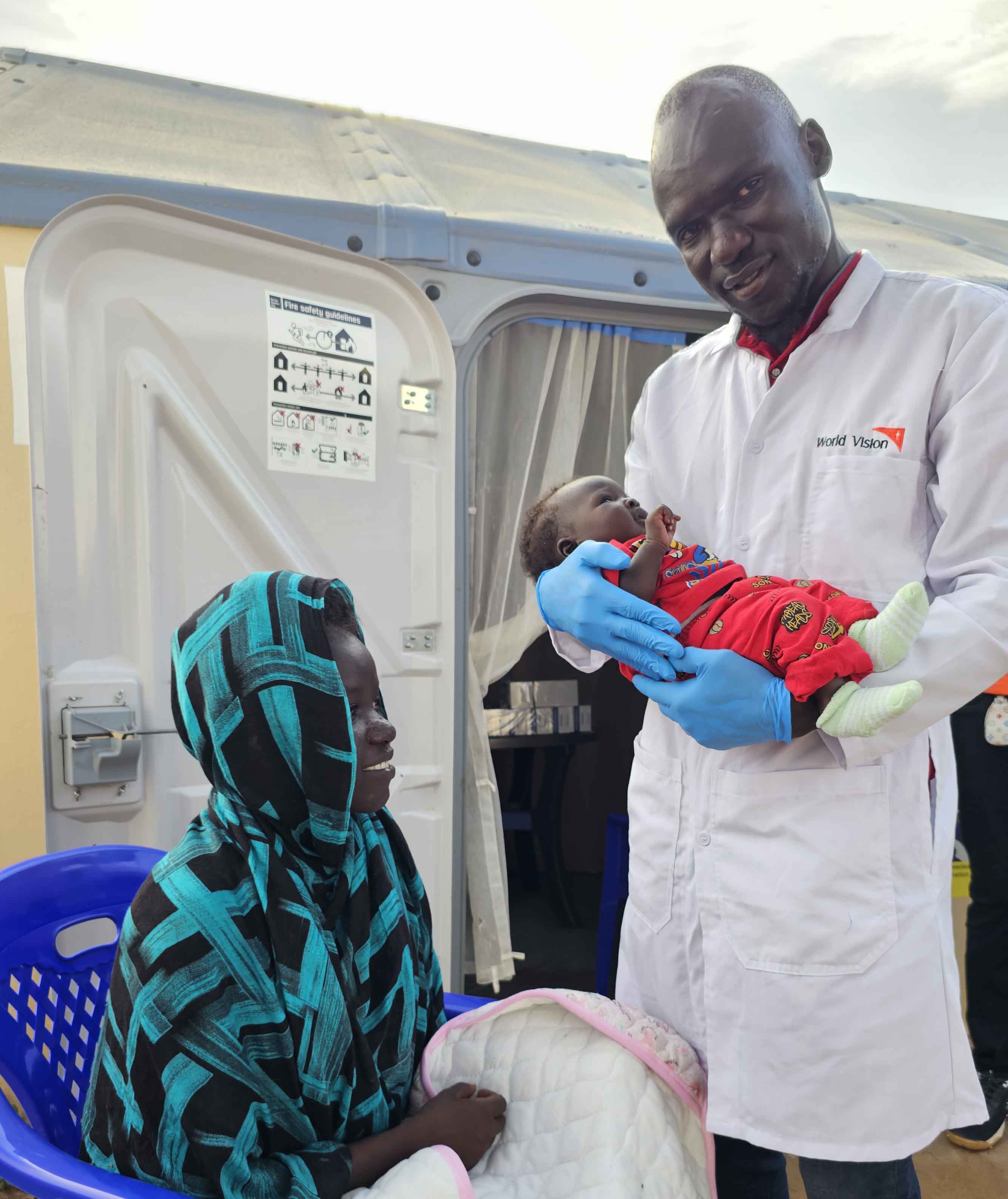
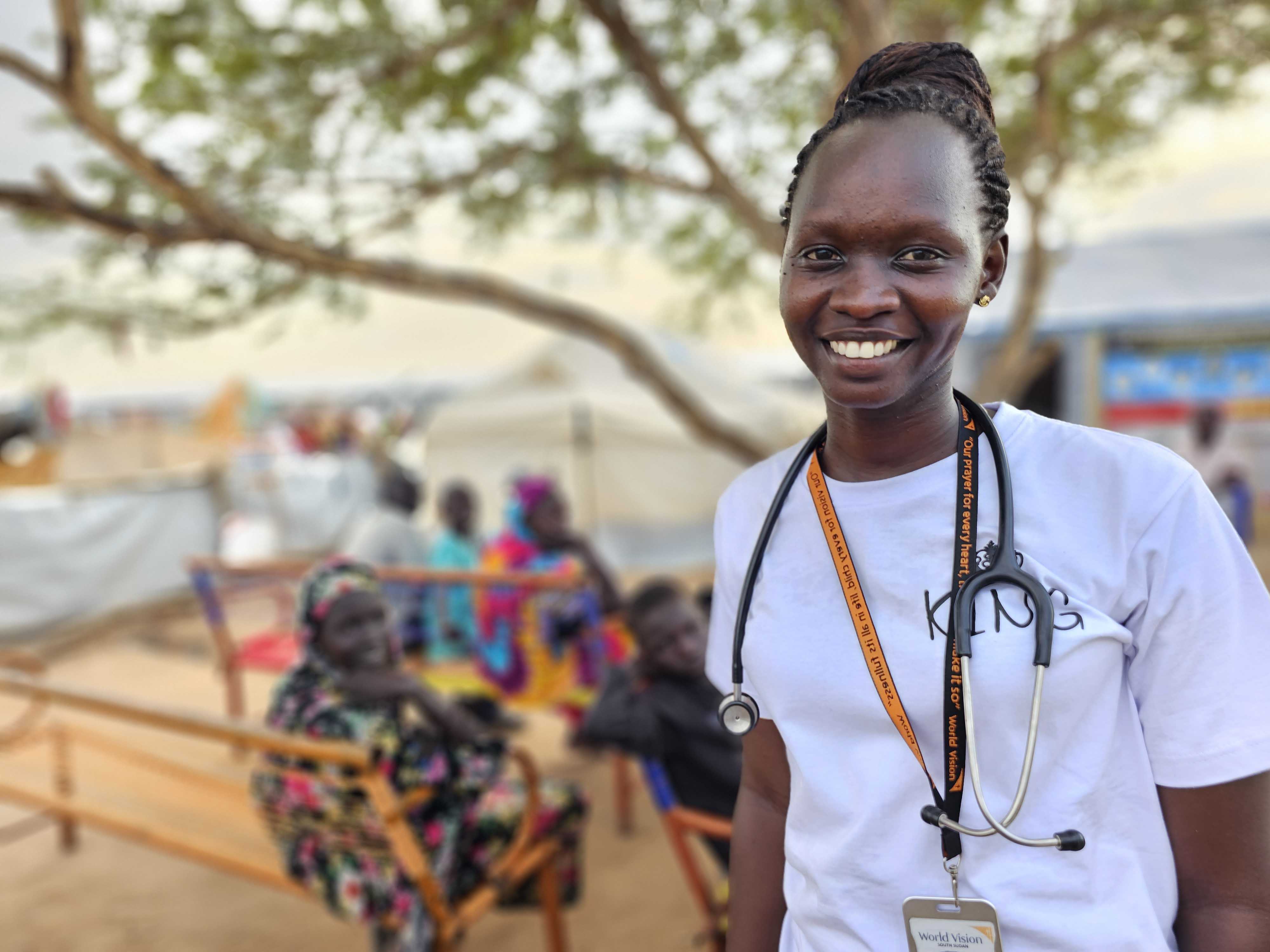
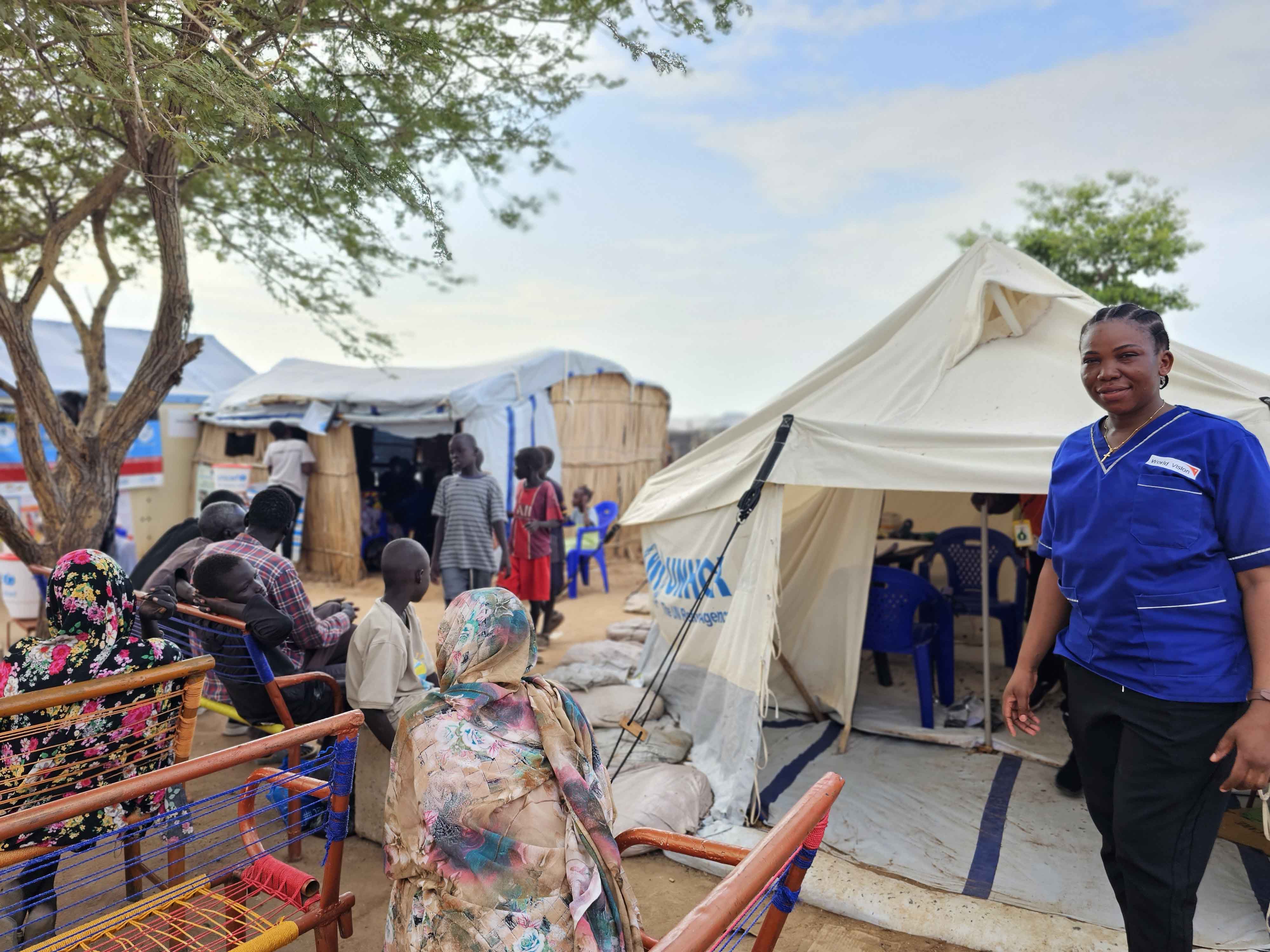
The challenges remain immense and continue to grow amidst the dwindling humanitarian funding landscape. There is a massive need to address overcrowded transit centres, threats of disease outbreaks, food insecurity and malnutrition among children and pregnant and lactating mothers, and inadequate onward transportation and livelihood opportunities for displaced people. With the rainy season coming, we know road accessibility and safety will be a problem that also needs to be immediately addressed. All these continue to put pressure on the already vulnerable situation of the people, as well as stretching the already ‘overstretched’ capacity of the humanitarian organisations to respond.
But witnessing how we, as World Vision, especially our staff on the ground, have been serving the vulnerable people and working alongside many partners for them to have food, access to safe and clean water, dignified sanitation and hygiene, secure and conducive temporary shelters, access to essential health and nutrition services, and protection from child and gender-based violence, continue to be a source of inspiration that we must stay on no matter what, and leave no one behind.
For our staff who have been working selflessly, in environments that few would dare go, to respond to the needs of the people, I am humbled beyond words. I am humbled to witness such level of determination, compassion, and courage to sacrifice one's own comfort so others my find theirs. This World Refugee Day, we also celebrate you.
Story and photos by Diwa Aquino-Gacosta, Senior Manager - Advocacy and Communications, World Vision South Sudan